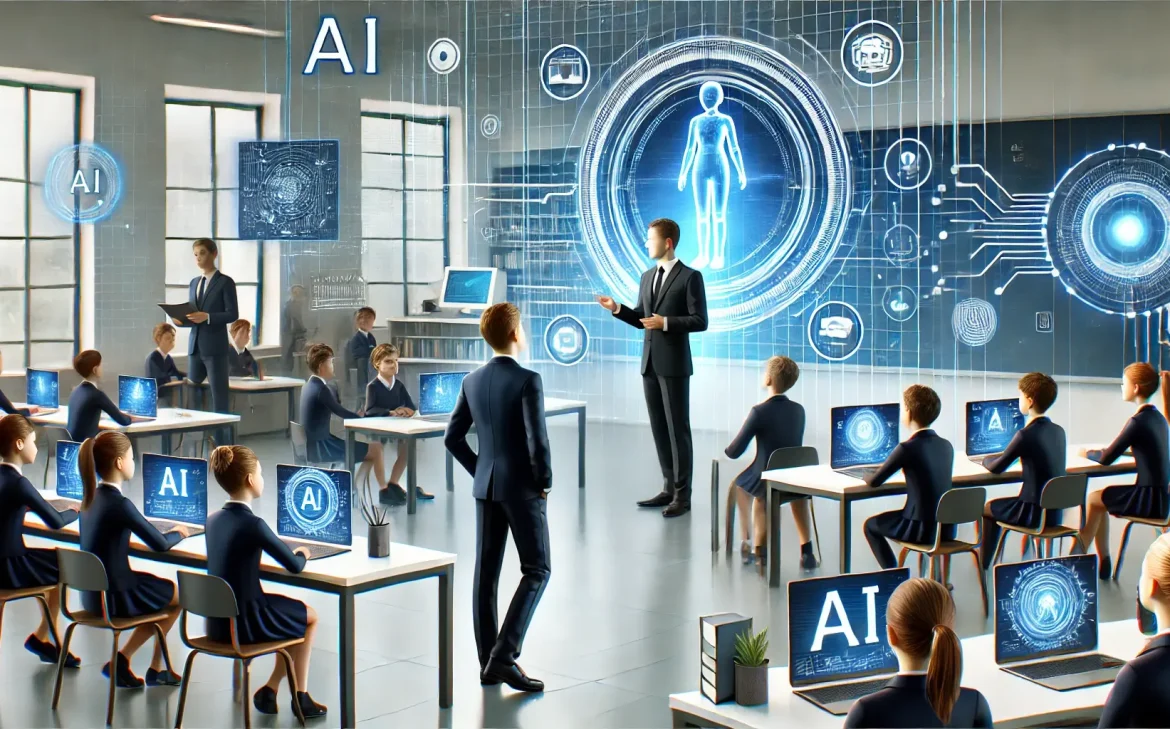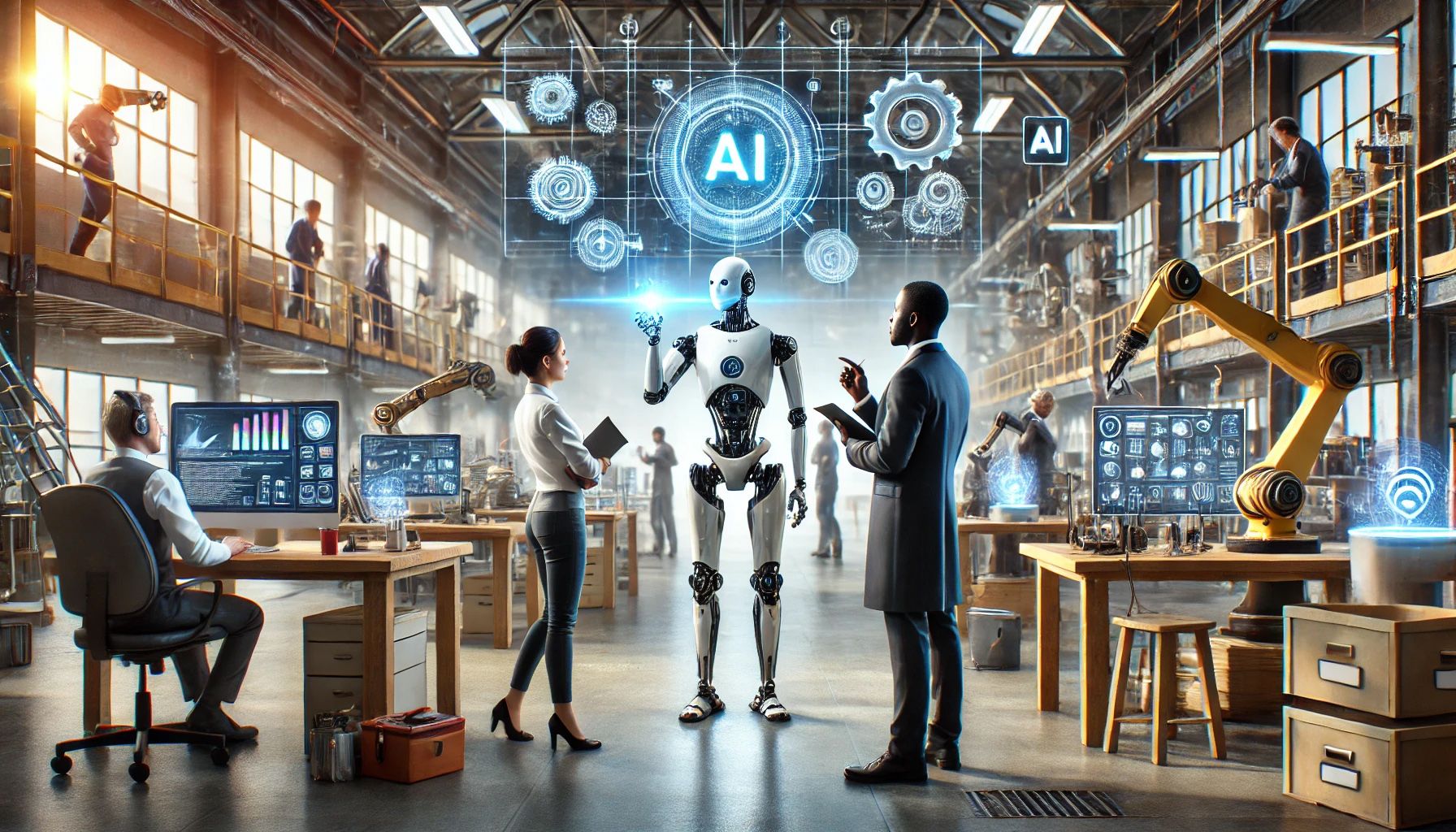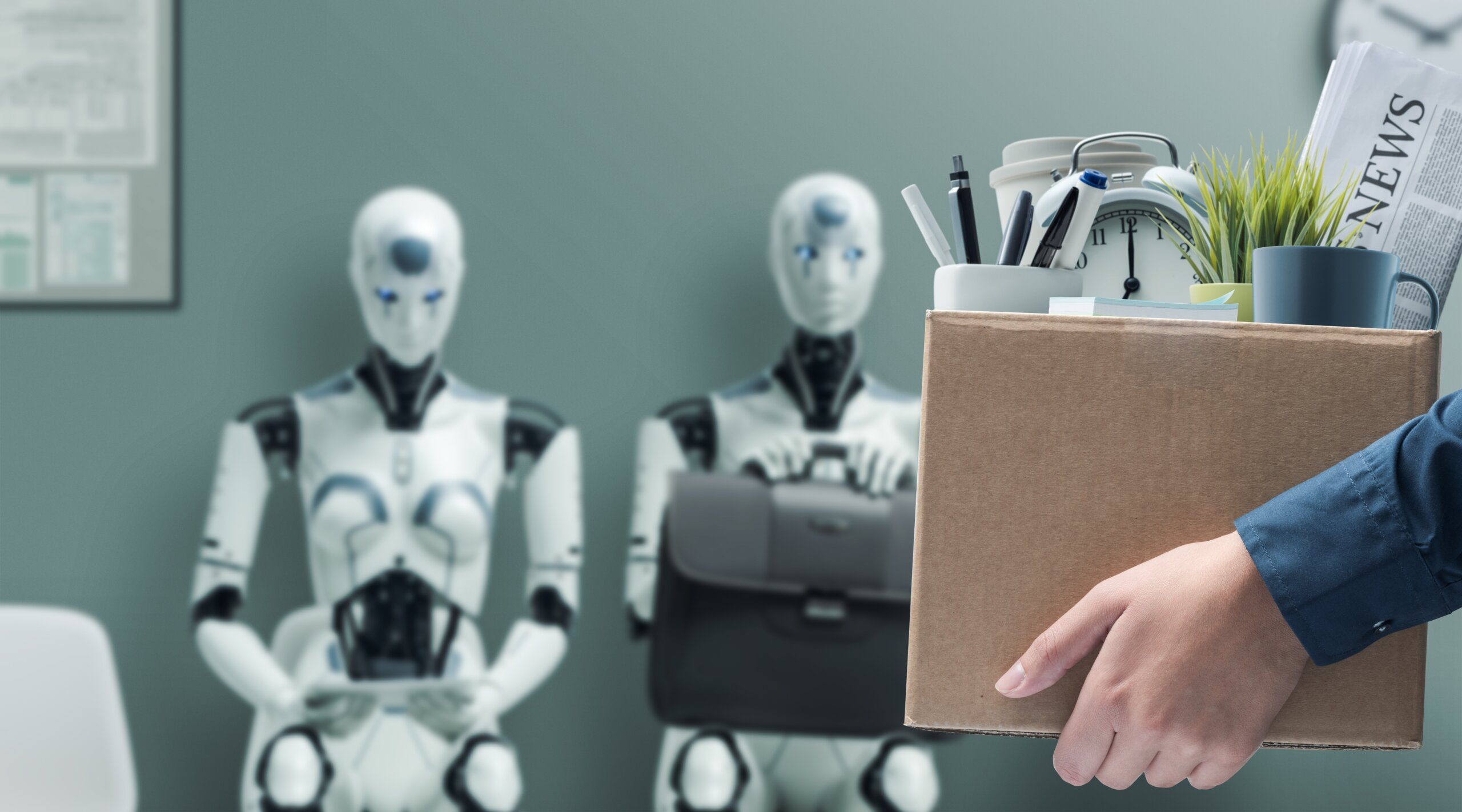Artificial Intelligence (AI) and job automation are reshaping industries and redefining how work is performed. While these technologies bring efficiency and innovation, they also introduce significant challenges that impact workers, businesses, and society at large.
Understanding these drawbacks is essential as we navigate the evolving relationship between technology and employment.
What Are the Drawbacks of AI and Job Automation?
AI and automation refer to machines performing tasks that once required human intelligence or manual labor. From customer service chatbots to robotic assembly lines, AI is increasingly replacing traditional roles. However, this shift brings with it a number of concerns.
Key Drawbacks of AI and Job Automation
Job Displacement
One of the most immediate and visible consequences of automation is the loss of jobs. Roles that involve repetitive or predictable tasks—such as data entry, manufacturing, and basic customer service—are often the first to be automated, putting many workers at risk of unemployment.
Economic Inequality
Automation can widen the income gap between high-skilled and low-skilled workers. While AI creates demand for technical roles like data scientists and machine learning engineers, it reduces opportunities for those without access to advanced education or training.
Skill Obsolescence
As technology evolves, so must the workforce. Workers in traditional roles may find their skills outdated, requiring continuous upskilling and retraining. This can be especially difficult for older workers or those in industries slow to adapt.
Human Oversight and Dependence
Heavy reliance on AI systems can reduce human oversight in critical tasks. Mistakes made by automated systems—especially in fields like healthcare, transportation, or finance—can have serious consequences if not properly monitored.
Ethical Concerns
AI-driven automation raises ethical questions about decision-making and accountability. For example, if an AI makes a hiring or firing decision, who is responsible for potential bias or error? These challenges require careful policy and legal frameworks.
Loss of Human Touch
Automation often removes the personal element from services. In fields like healthcare, education, and customer relations, the absence of human interaction can negatively affect user experience and emotional well-being.
Data Privacy and Surveillance
Many automated systems rely on collecting vast amounts of data. This raises concerns around privacy, consent, and surveillance, especially when AI is used in workplaces to monitor performance or behavior.
Conclusion
While AI and job automation bring undeniable benefits, their drawbacks cannot be overlooked. The displacement of jobs, skill gaps, ethical dilemmas, and loss of human connection all pose serious challenges. For AI to be a force for good, it’s crucial to implement strategies that support workers, uphold ethical standards, and ensure that innovation benefits everyone—not just a select few.







Leave feedback about this